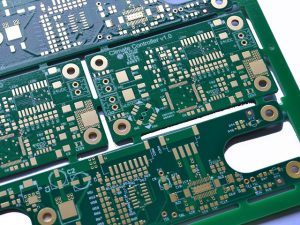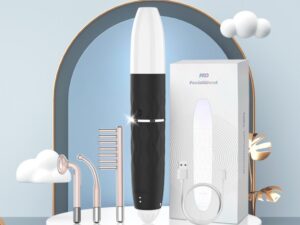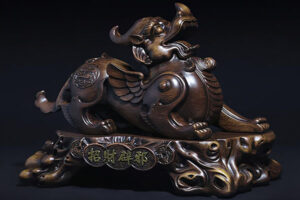
Female and male connectors are commonly used in a variety of applications, from electrical wiring to plumbing to mechanical assemblies. While both types of connectors serve similar purposes, they have some notable differences that make them more suitable for certain tasks. In this post, we’ll explore the definitions, physical characteristics, functionality, and common applications of female and male connectors.
Definition of Female and Male Connectors
A female connector is a type of connector that has a socket or receptacle for receiving a male connector. Female connectors are often used as the stationary or fixed part of a connection, while male connectors are designed to fit into or plug into the female connector.
Examples of female connectors include electrical outlets, USB ports, and hose fittings.
A male connector include M12 X coded connector,M12 D coded connector and M8 Connector, on the other hand, is a type of connector that has a projecting pin or other male-shaped part for inserting into a female connector. Male connectors are often used as the movable or detachable part of a connection, and are designed to fit into or plug into the female connector.
Examples of male connectors include electrical plugs, USB cables, and hose nozzles.
Physical Differences Between Female and Male Connectors
One of the most obvious physical differences between female and male connectors is the shape of their connecting end. Female connectors typically have a socket or receptacle that is open on one end, while male connectors have a projecting pin or other male-shaped part.
Female connectors are often wider or flatter than male connectors, while male connectors are usually narrower and more pointed. These differences in shape allow male connectors to fit securely into female connectors, and vice versa.
Functionality of Female and Male Connectors
Female connectors are often used as the stationary part of a connection because they are able to hold and secure the male connector in place. This makes female connectors well-suited for applications where the connection needs to be stable or permanent.
Male connectors, on the other hand, are more suitable for applications where the connection needs to be easily removable or interchangeable. For example, electrical plugs can be easily unplugged from outlets, and hose nozzles can be easily attached and detached from hose fittings.
One potential drawback of using female connectors is that they can be more difficult to connect and disconnect, especially if the connection is tight or requires a lot of force. Male connectors, on the other hand, are generally easier to connect and disconnect, but may not be as stable or secure as female connectors.
Examples of Common Applications for Female and Male Connectors
Female connectors are commonly used in a variety of applications, including:
- Electrical outlets and plugs
- USB ports and cables
- Hose fittings and nozzles
- Mechanical assemblies and fasteners
- Plumbing connections
Male connectors are also widely used in a variety of applications, including:
- Electrical plugs and outlets
- USB cables and ports
- Hose nozzles and fittings
- Mechanical fasteners and assemblies
- Plumbing connections
Conclusion
Female and male connectors are useful tools for creating secure and stable connections in a variety of applications. Female connectors are typically used as the stationary part of a connection and have a socket or receptacle for receiving a male connector. Male connectors, on the other hand, have a projecting pin or other male-shaped part for inserting into a female connector and are often used as the movable or detachable part of a connection. The physical differences between female and male connectors include the shape of their connecting end and their relative width or narrowness. Female connectors are generally wider or flatter and have a socket or receptacle, while male connectors are usually narrower and have a projecting pin or other male-shaped part.
In terms of functionality, female connectors are often used in applications where the connection needs to be stable or permanent, while male connectors are more suitable for connections that need to be easily removable or interchangeable. Both female and male connectors have their own benefits and drawbacks, and the choice of which type to use will depend on the specific needs of the application.
Some common applications for female connectors include electrical outlets and USB ports, while common applications for male connectors include electrical plugs and USB cables. Both female and male connectors are also widely used in mechanical assemblies, fasteners, and plumbing connections.
Overall, understanding the differences between female and male connectors and when to use each type like M12 connector can help you make informed decisions in your projects and applications.




